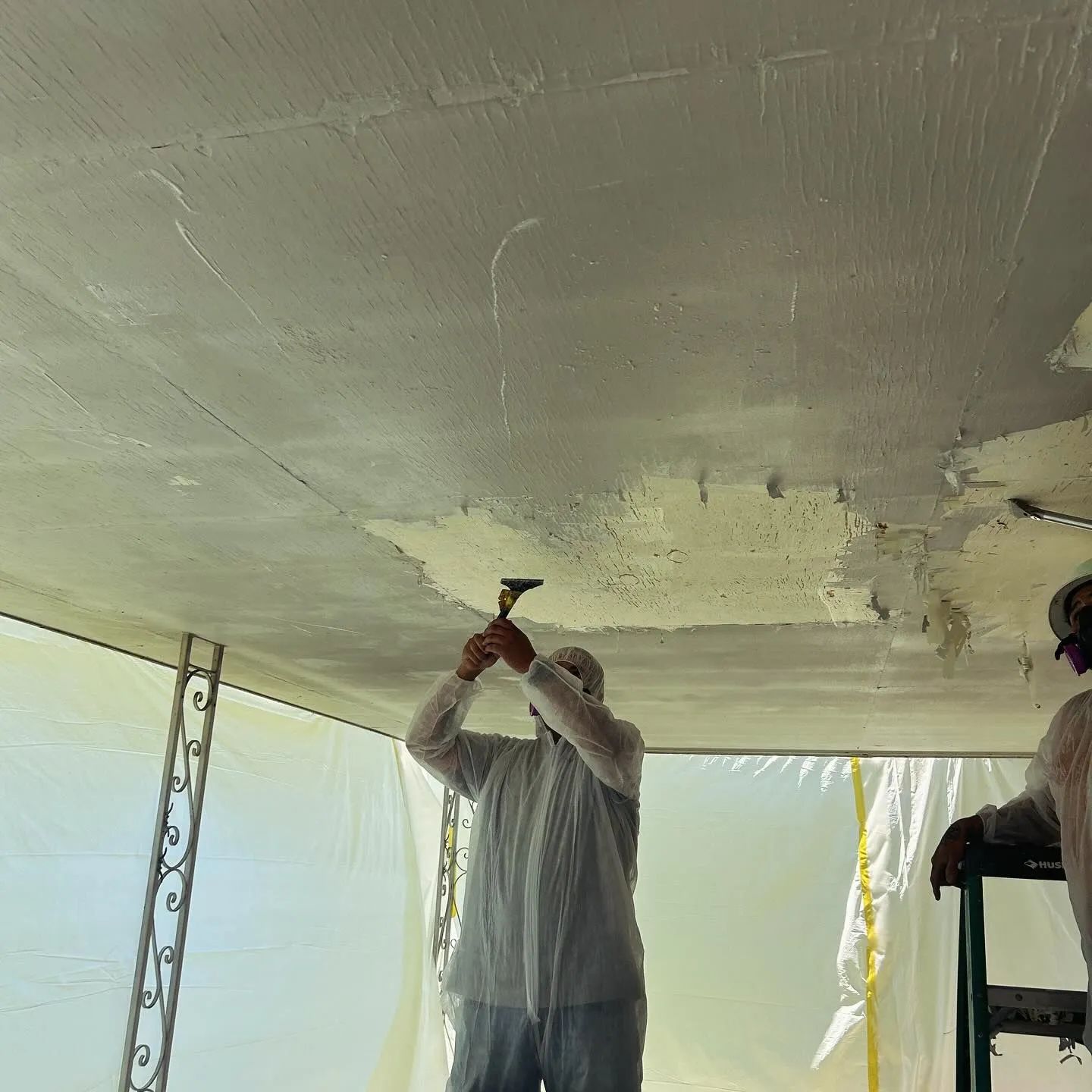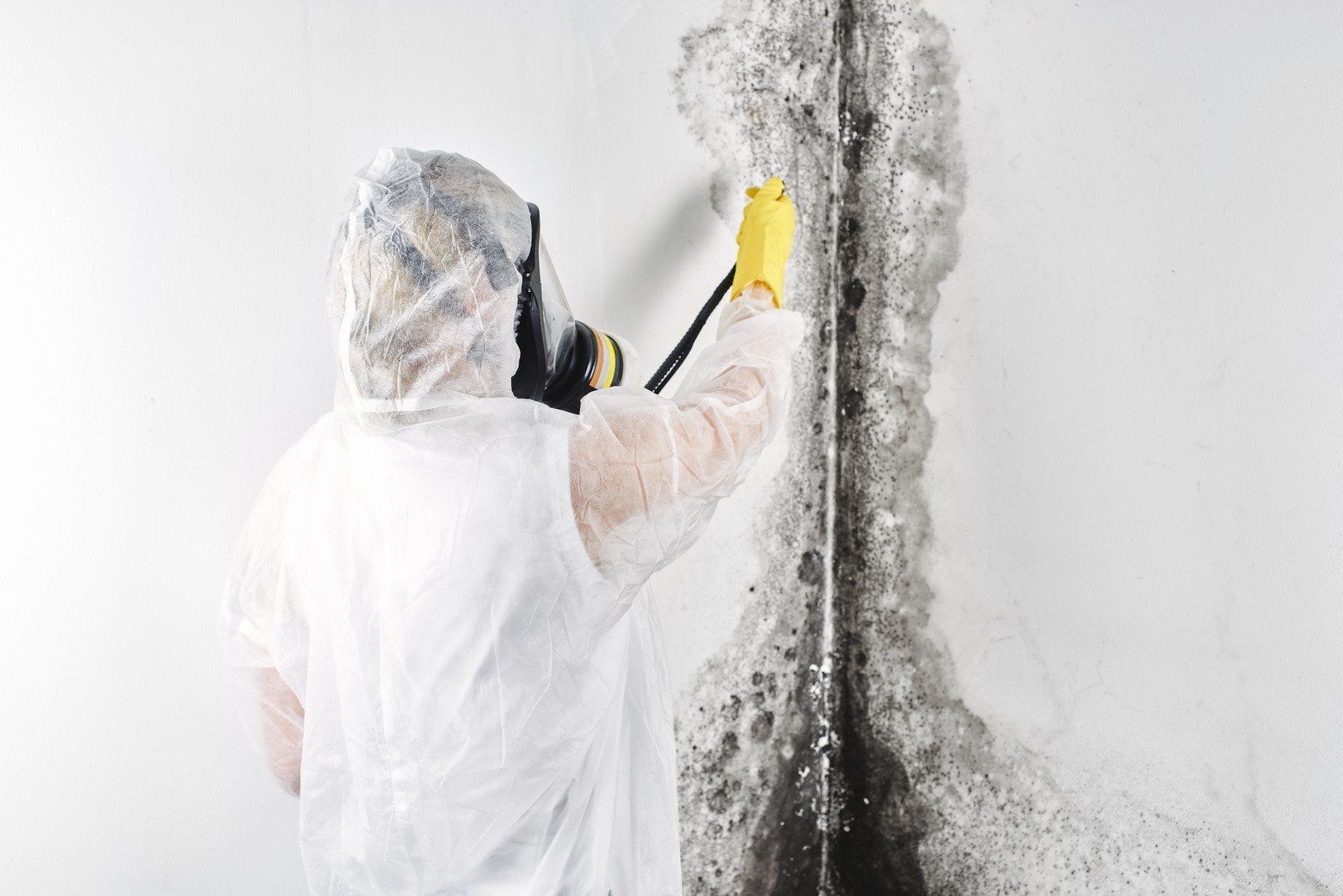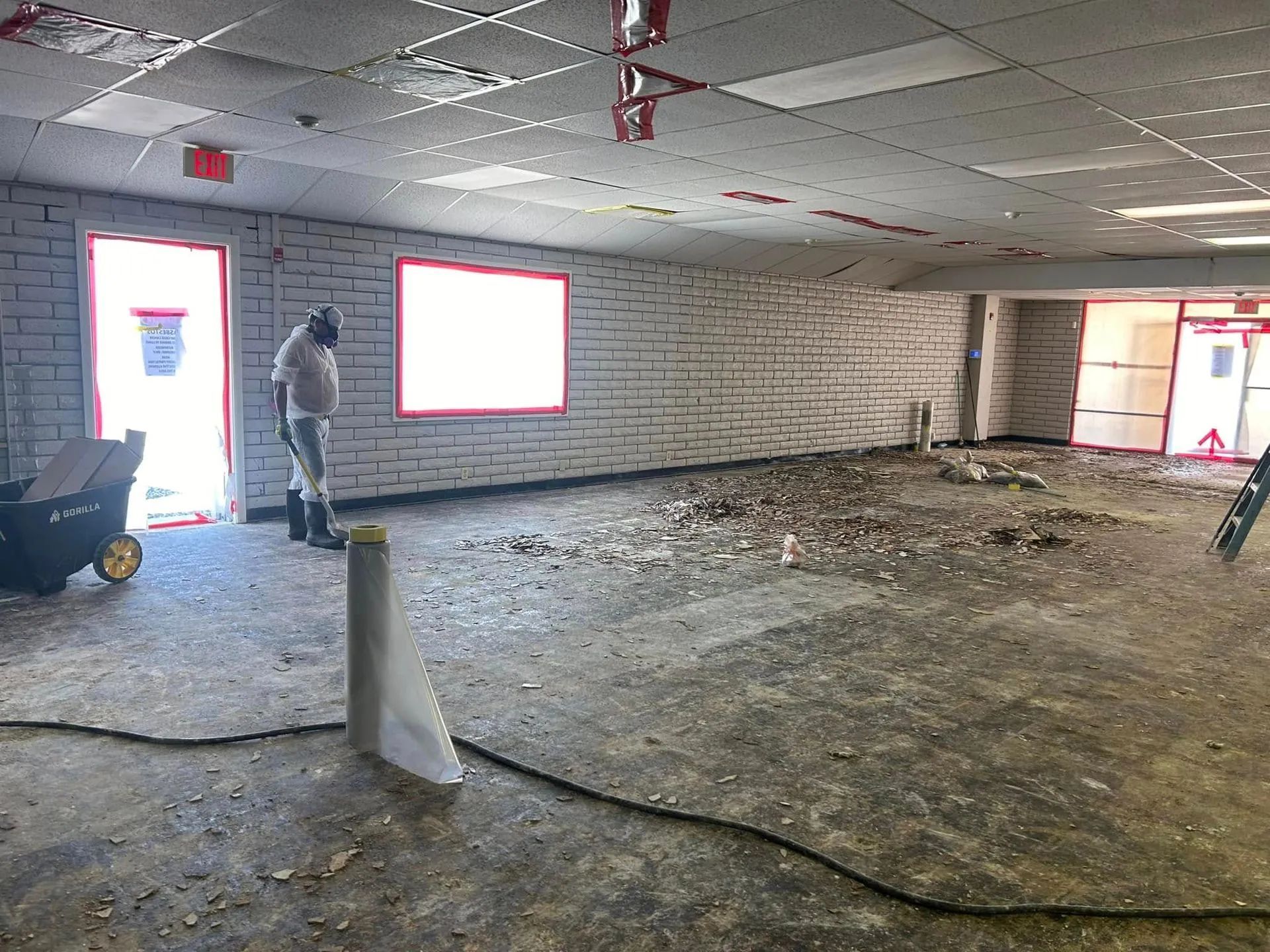The Importance of Water Mitigation After Flood Damage
October 17, 2025

Flooding can cause devastating damage to homes and businesses, leading to structural issues, mold growth, and compromised indoor air quality. The aftermath of a flood is more than just visible water—it’s hidden moisture that can quietly destroy materials and promote bacterial and fungal growth. Quick and effective water mitigation is essential to prevent long-term damage and costly repairs. Beyond structural concerns, water damage can also affect electrical systems, personal belongings, and even the overall safety of a property. Ignoring early signs of water intrusion often leads to extensive restoration costs and potential health hazards for occupants. By addressing water intrusion immediately, property owners can safeguard both the structural integrity of their building and the health of its occupants. Recognizing the urgency and benefits of prompt action highlights why water mitigation is a crucial step in flood recovery.
1. Rapid Water Removal and Drying
Water mitigation involves the process of removing excess water, drying affected areas, and preventing further damage to the property. After a flood, every hour counts, as standing water and damp conditions accelerate deterioration. Wood, drywall, and insulation absorb water quickly, weakening structural components and creating an environment conducive to mold and bacteria. Early intervention minimizes this damage, preserving your property’s value and safety.
2. Preventing Mold Growth
One of the main concerns following flood damage is mold growth. Mold can begin developing within 24 to 48 hours of water exposure. If left untreated, it can spread rapidly throughout walls, floors, and ceilings, posing serious health risks such as allergies, respiratory issues, and infections. Water mitigation not only removes standing water but also includes thorough drying and dehumidification, significantly reducing the chances of mold infestation.
3. Protecting Structural Integrity
Another critical aspect of water mitigation is preventing long-term structural problems. Saturated materials can warp, rot, or weaken, compromising the stability of floors, walls, and foundations. Professional water mitigation services assess the full extent of the damage, identify hidden moisture pockets, and use specialized equipment to restore the property to safe conditions. This process also includes sanitizing and disinfecting surfaces to reduce the risk of contamination and protect indoor air quality.
4. Assistance with Insurance Claims
Professional mitigation services provide more than just immediate cleanup; they also offer guidance on insurance claims and documentation. Properly documented mitigation can streamline insurance processes, ensuring that property owners receive appropriate coverage for repairs and restoration. Taking proactive steps in water mitigation ultimately saves time, money, and stress, making it an essential part of post-flood recovery.
Trust NM Abatement LLC for Expert Flood Recovery
When facing flood damage in Albuquerque, New Mexico, NM Abatement LLC
offers over 30
years of expertise in asbestos abatement and related mitigation services. Our trained professionals are equipped to handle
water mitigation efficiently, addressing both visible and hidden damage while safeguarding the structural integrity and indoor air quality of your property. With a strong commitment to safety, thoroughness, and customer satisfaction, we ensure that flood-affected properties are restored quickly and effectively, helping homeowners and businesses recover with confidence.





